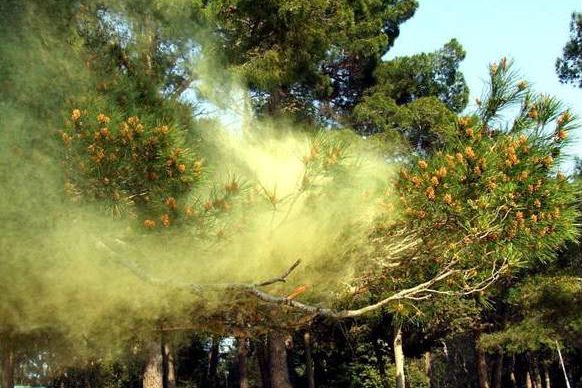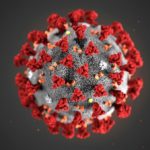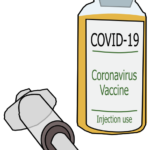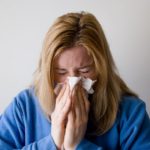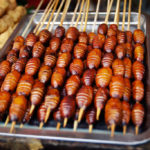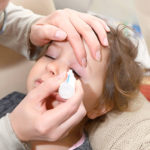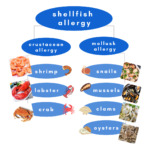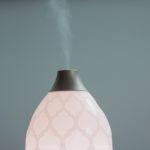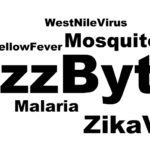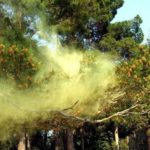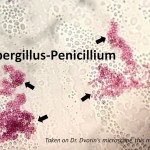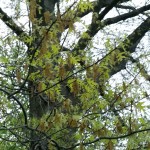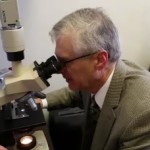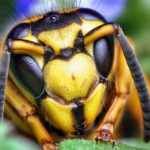Yellow Smoke? It’s Pine Pollen!
Yellow Smoke: Pine Pollen Takes Over Delaware Valley
Despite the abundance of pine pollen in our air samples, pine pollen allergy is often ignored. “For individuals who today are sneezing, itching, have itchy watery eyes and/or other allergy & asthma symptoms, exposure to multiple aeroallergens—what’s in the air—especially pine pollen in our air matters now,” explains Dr. Marc F. Goldstein, board-certified allergist at The Asthma Center. “Pine pollen makes our region unique from an allergy perspective compared to other areas of the Northeastern U.S. where pine pollen is minimal, nonexistent, or other species are prevalent.”
Pine Pollen Unique to the Delaware Valley
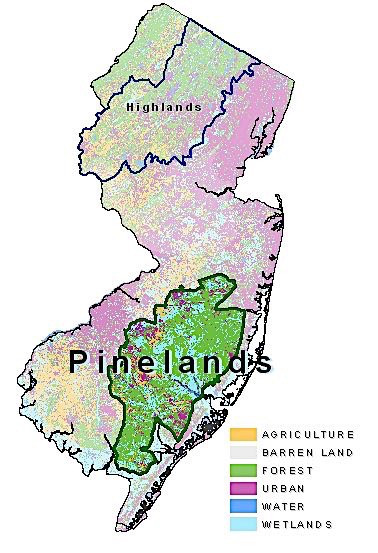
Within the heart of the Delaware Valley sits the 1.1 million acre (see map) protected open space known as the New Jersey Pinelands. Although there are over 110 different species of the pine family (Pinus), this protected area is home to the largest cluster of pitch pine, Pinus rigada (see picture below) on the United States (U.S.) Eastern coastline.
Dr. Donald Dvorin, board-certified allergist and the region’s official pollen counter, has been studying the tree pollen seasons in the Delaware Valley each spring for years. From the very beginning, he has observed notable pine pollen levels in both our Southern New Jersey and Philadelphia air samples. According to Dr. Dvorin, typically pine tree pollen appears in late May through the end of June.
Despite the abundance of pine pollen in air samples, pine pollen allergy is often ignored. Allergists both locally and nationally have for years felt that pine pollen is not a clinically relevant allergen, and many rarely test for pine pollen allergy. Some studies suggest that the prevalence of pine pollen allergy may range from 2%-10% of the population; however, there have been no studies that have firmly established the incidence of pine pollen allergy in the general allergic population.
Because of our region’s proximity to the Pinelands, the board-certified allergists continue to clinically recognize allergic symptoms at this time of year can be caused by pine pollen allergy. “We have included pine pollen in our allergy skin testing panel for years because we’re near the Pinelands and we know significant levels of pine pollen can be in the air,” explains Dr. Goldstein.
As seen in the picture above, pine trees can release large amounts of the yellow-colored pollen at a time. People often describe the effect as observing plumes of yellow smoke.
Why is Pine Pollen Ignored?
Pine pollen grains typically bear a waxy thick coat that surrounds its rather large size. Pine pollen grains can be 60 to 100 micrometers in diameter, large compared to other pollen grains (typical pollen grain size is approximately 10 micrometers). Doctors often believed that the size of pine pollen prevented its distribution by wind and through the air. However, studies and Dr. Dvorin’s own pollen counts have proven that this not the case. Despite its large size, pine pollen is capable of traveling great distances.
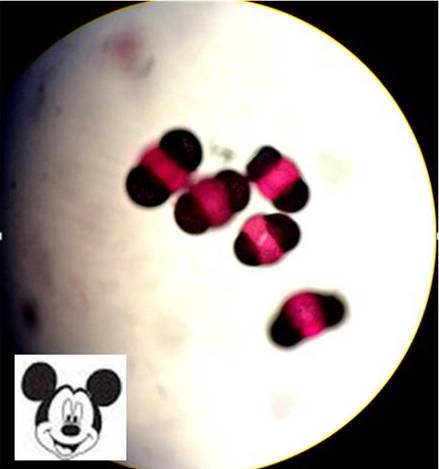
The pine pollen grain typically has 2 large air sacks that give it a “Mickey Mouse” appearance (see picture.) These air sacks reduce the pine pollen grain density and contribute to the pollen’s buoyancy, allowing it to travel long distances in the air. As an example, the center of the Pinelands is about 40 miles from Center City Philadelphia. Yet urban air samples from our Philadelphia, PA pollen collection station generally show the same relative volume of pine pollen grains as found in our suburban air samples from the Mount Laurel, NJ collection station which is 30 miles from the Pinelands. Thinking that the size of pine pollen grains were too large to enter the nasal and lung passages, many physicians (including allergists) did not consider pine pollen a relevant allergen. Evidence that it can be inhaled and provoke symptoms are found in cases reported in the medical literature as far back as 1921. Published results from limited investigation of pine pollen allergy have shown that pine pollen allergy does in fact cause allergic responses in the skin (positive allergy skin tests) and allergy responses on nose, eye, and lung challenges.
In addition to the limited reports of pine pollen-induced hay fever or bronchial asthma, there have been reports of allergies to ingested pine nuts (the seeds of pine trees) or from pine nuts found in pesto, sauces, salads, meatballs, cakes, candies and cookies. Interestingly enough, there is very little cross reactivity of pine nuts with other tree nuts. This is due to the fact that, evolutionarily, pine nuts are not from flowers as in the case of other tree nuts (like walnut, hazelnut, cashew, pistachios), but are contained within the pine cone—making them antigenically different from other tree nuts.
Another unusual manifestation of pine pollen sensitivity is in those who have “Christmas tree allergy.” This may be due to pine pollen being released from pine cones when cut trees are hydrated in the home causing nasal, eye, and chest symptoms during the holiday season.
Pine Pollen Allergies? Tips for Relief
Typically, pollen in the air tends to peak around early-morning, causing symptoms to be at their worst then. Luckily, there are a few ways to mitigate your worst allergy symptoms. Here are some best-practice tips for keeping your weekend allergy free:
- Wear long sleeves and long pants when mowing the grass
- Sleep with windows closed and drive with windows up
- Beware of tracking pollen into homes (kids, pets especially, newspaper sleeves, and on shorts and jackets)
- Shower and wash hair after extended outdoor exposure
- Wear wrap-around sunglasses or glasses outdoors to limit exposure of pollen to eyes
- Avoid wearing contact lenses, or switch to daily disposable contacts to avoid allergens building up on the lenses
- Wash hands and face frequently, including eyebrows
- Change pillowcases often
Board-Certified Allergists & Pediatric Allergists
The board-certified allergists at The Asthma Center are very much aware, therefore of the importance of pine pollen as an important spring allergen. Many patients who previously escaped diagnosis of seasonal pine pollen allergy was due to the fact that allergy skin testing to pine pollen was not performed or was not considered as a clinically significant allergen capable of provoking symptoms. If you would like to know if pine pollen allergy is playing a role in your symptoms, the allergists at The Asthma Center routinely test for pine pollen sensitivity and can effectively treat symptoms once identified—contact the office location near you to schedule an appointment!
Be sure to check back in for The Asthma Center’s Daily Pollen, Ragweed and Mold Spore Count, the Delaware Valley’s ONLY official pollen count station, certified by the National Allergy Bureau. Subscribe to receive our daily counts by email or check out some of our other blog posts to learn more about what is in the air, how it can affect you, and what you can do about it.
Recent
Popular

